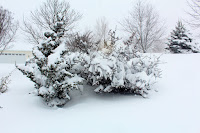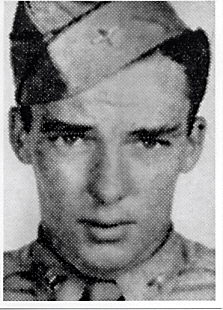I downloaded it and and am now using it.
The app screen dashboard displays an ultraviolet (UV) Index that is very easy to view and use.
Based on the UV exposure, it shows a number system from 1,2 (green) to 11+ (danger) for how much sun block you need to apply, and how often, to avoid skin cancer.
I have had skin cancer in my family and sent the app to my family and friends.
As you can see, my wife and my two sons are redheads. I've had pre-skin cancer growths burned off my face. I'm looking forward to using this app to prevent any more skin cancer for me or my family.
Here is an article in the Montana Kaiman about it entitled "Don't want to get skin cancer? There's an app for that!
It happens to the best of us: coming home from a cloudy day at the beach with cringe-inducing sunburn. While clouds protect the earth from some UV rays, many rays still make it through to burn and damage human skin.
The Environmental Protection Agency monitors and reports the sun’s intensity in the form of the UV Index, a scale that measures ray intensity from one to 11 to help citizens be sun-smart.
The app SolarScreen, created by Missoula-based Montana Root Applications, uses mobile technology and the index to inform users when they are vulnerable to skin cancer.
Using phone location services, SolarScreen measures and displays the UV Index. Once the index hits a user-specified number, usually six, the app notifies users to change behavior, like covering up or applying more sunscreen.
SolarScreen took home the University of Montana’s Fall Startup Pitch Competition’s top prize and $1,500 in November 2015.Ryan Duarte, co-founder of Montana Root Applications and SolarScreen idea-man, hopes the app will reduce the 3.5 million skin cancer diagnoses per year, reported by the American Cancer Society.
“Skin cancer is avoidable.
There’s an app for that,” Duarte said. Duarte first became interested in skin cancer after noticing the many freckles on his wife’s skin.
He wanted to count and track the number of freckles on himself and his family, as changing or new freckles can be an early sign of skin cancer.
SolarScreen is one step in that process.
Montana Root Applications, which Duarte co-founded with Missoula’s Evin Ozer and Brad Bahls, has six other skin cancer-preventing apps in the works.
One app in progress makes counting freckles a game. Duarte relied on UM’s Blackstone Launchpad, an on-campus entrepreneur resource, to found his company.
After winning the business competition, his company had interest from multiple investors. Duarte hopes to license the app to hospitals, who can build it into their website and reach more people.
Android developer and computer science senior Andrew MacLean built the app using Javascript, an Android coding language.
The app is not yet available for iOS download, but is expected in the next couple weeks. MacLean sat down with Duarte and computer science Professor Robert Smith in August 2015. The three brainstormed what the app would look like and do before MacLean got to work.
Unlike most projects MacLean works on, he got to build the app from the ground up.
“I got a lot of freedom on this,” MacLean said.
Normally he is one of many contributors, working only on a small part of a project. As more people started using the app and providing feedback, MacLean made changes through the fall and will continue to, until users are satisfied. The app is free on Android’s marketplace. claire.chandler@umontana.edu








































































